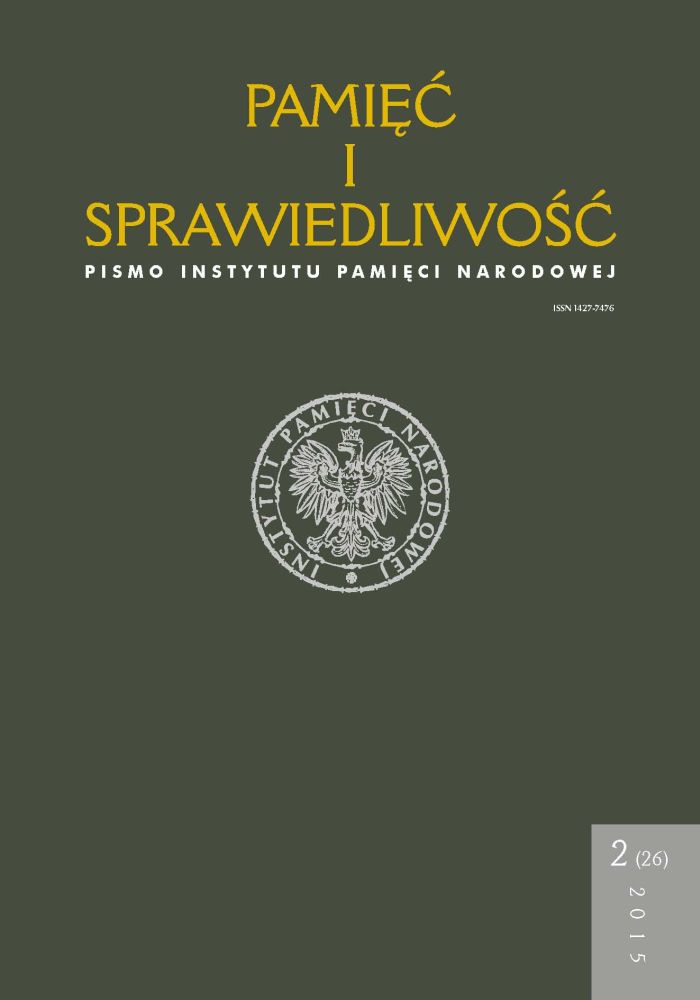Pakt Ribbentrop–Mołotow z roku 1939 w europejskiej historii oraz we wspomnieniach
The Hitler–Stalin Pact of 1939 in european history and memory
Author(s): Dietmar Müller, Stefan TroebstSubject(s): Political history, Interwar Period (1920 - 1939), WW II and following years (1940 - 1949)
Published by: Instytut Pamięci Narodowej
Keywords: Hitler–Stalin Pact; politics of history; European memory culture; international law
Summary/Abstract: The non-aggression pact and secret additional protocol from 23 August 1939 is among the historical events of the twentieth century that had the furthest-reaching consequences in terms of politics, ideology and the culture of remembrance. No other bilateral treaty so deeply influenced the fate of more states, nations and minority groups in Europe, primarily in East Central Europe, than the Hitler–Stalin Pact. The date 23 August 1939, when Europe was divided into one National Socialist and one Soviet half in the state politics of history and in the culture of remembrance of the public and civil society, is virtually absent in Western Europe and the US. In East Central Europe, particularly in those states which were directly affected by the Pact and which found themselves on the eastern side of the Iron Curtain after 1945, the liberation from Nazi Germany is often interpreted as a replacement of the brown dictatorship by the red. The text starts with an overview of trends and topics in the international historiography on the Hitler–Stalin Pact, continues with a reflection on the spatially differentiated naming of the pact, which leads to a discussion of the pact’s different role as a lieux de mémoire in the US and Western Europe, in East Central and Eastern Europe. The international law dimension of the pact is discussed in the context of recent events, like the annexation of the Crimea.
Journal: Pamięć i Sprawiedliwość.
- Issue Year: 27/2016
- Issue No: 1
- Page Range: 35-48
- Page Count: 14
- Language: Polish

